Taking advantage of her free time, Ms. Vang Thi Cha in Tu San village, Nam Co commune, and other women in the village embroider patterns for new dresses to wear during Tet and festivals. To make traditional dresses, knowledge about the meaning of each pattern is essential. Having been taught by her mother about embroidery and sewing dresses since she was a child, Ms. Cha's hands quickly "draw" patterns on linen fabric.
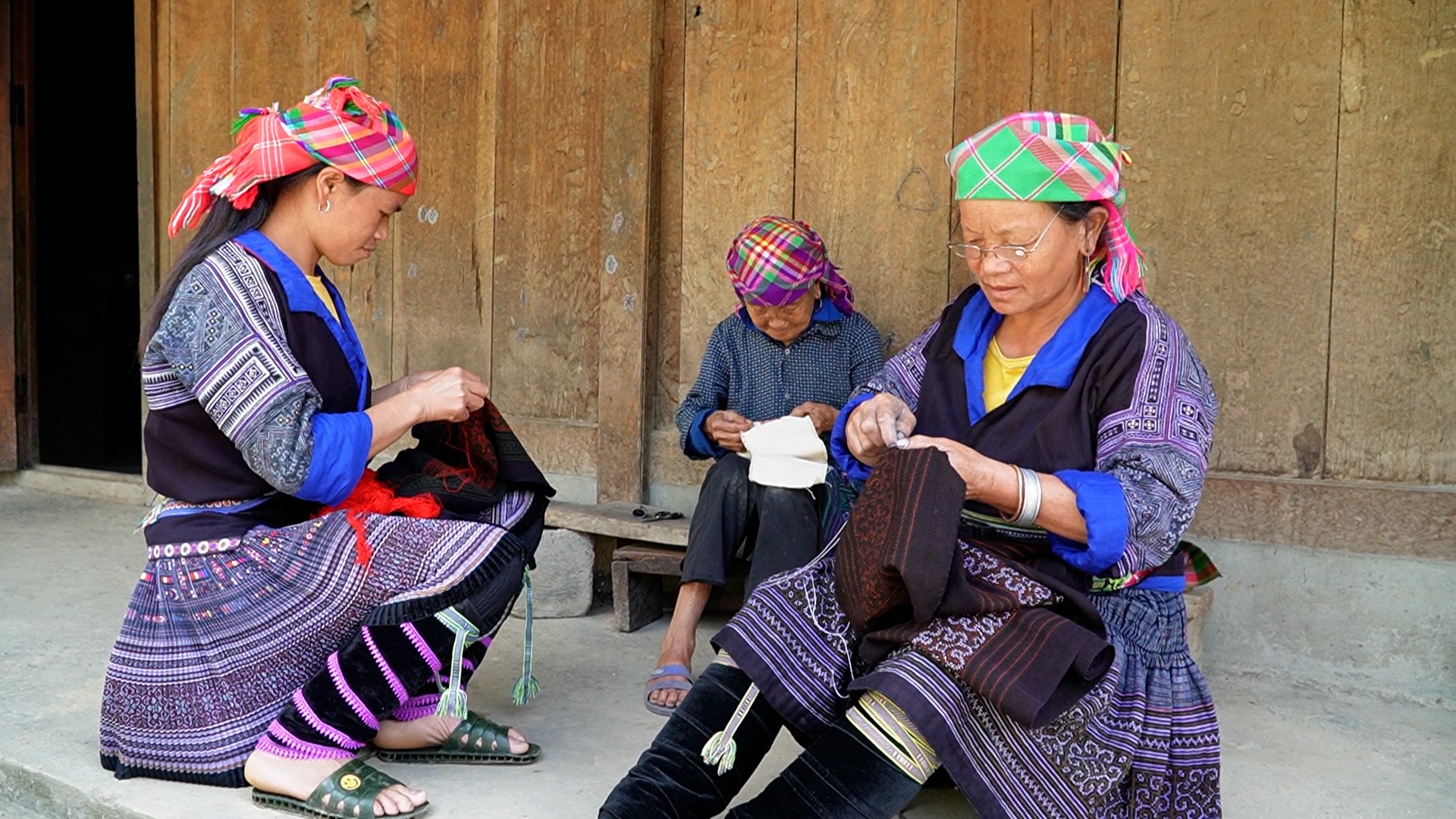
“The Mong people believe that the dress is the soul of a woman. When celebrating Tet or attending a festival, everyone wants to wear the most beautiful outfit to show their ingenuity and diligence. Since I was 7 years old, my grandmother and mother taught me how to make a traditional costume. I continue to make traditional costumes because I want to teach my daughter to understand and preserve the cultural identity of my people,” Ms. Cha shared.
Ms. Chang Thi Xu, Tu San village, Nam Co commune, is nearly 60 years old this year. Ms. Xu has been embroidering and sewing clothes since she was 8 years old and cannot remember how many costumes she has completed to give to her children and grandchildren. According to Ms. Xu, each costume will have different patterns, showing the creativity of the embroiderer. However, the patterns all express deep meaning about the culture, life and beliefs of the Mong people.
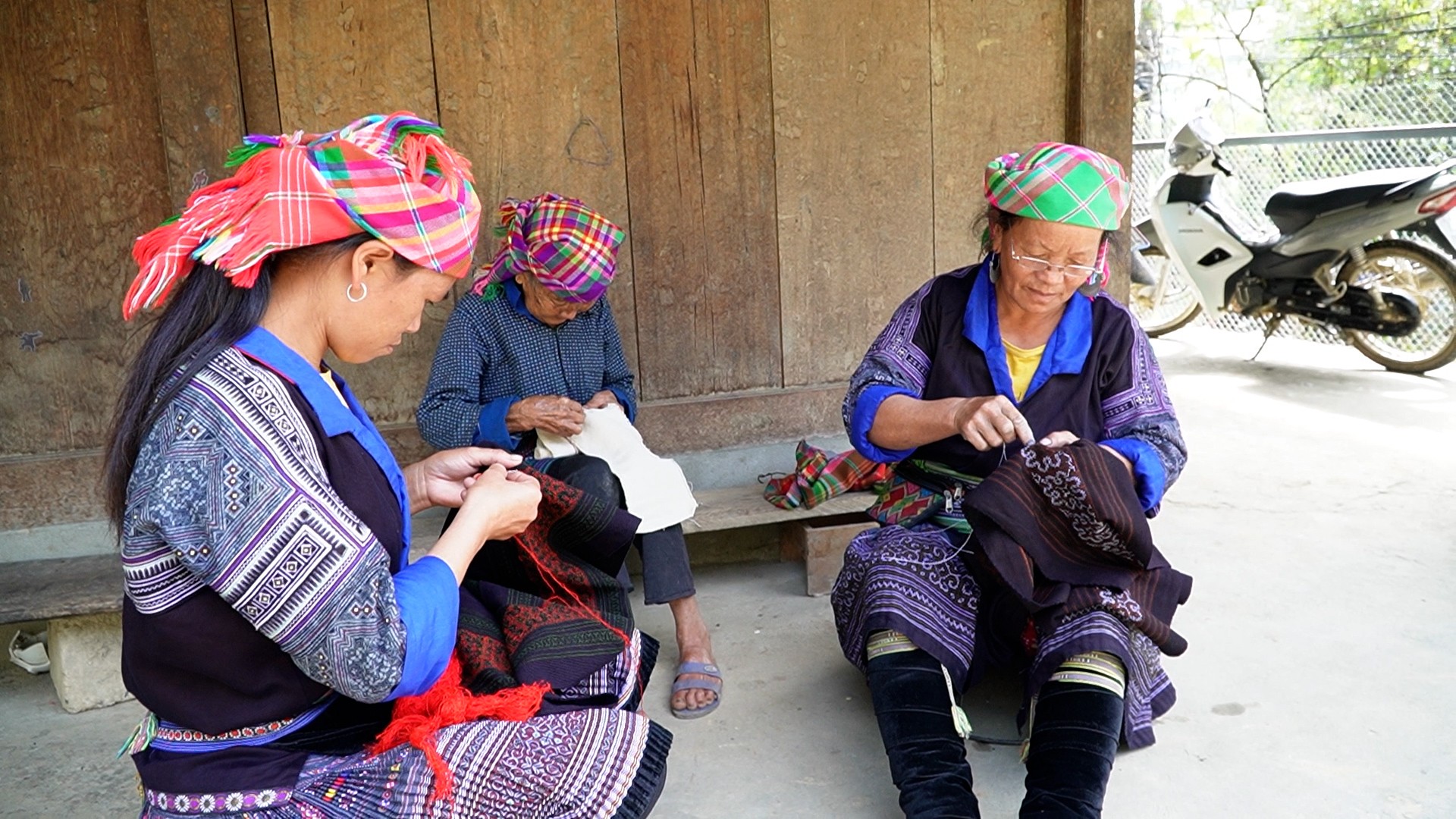
“If a Mong girl does not know how to grow flax, weave fabric, and sew clothes, she is not yet mature. I hope that the young generation in the village will continue to make their own traditional costumes so that the ethnic culture will not be lost,” Ms. Xu shared.
To make a traditional costume of the Mong people, the craftsman must go through dozens of meticulous steps: from growing flax, peeling, soaking, pounding, drying, spinning, weaving, to dyeing indigo and embroidering patterns. Each step requires dexterity, patience and a deep love for ethnic culture.
One of the important steps is drawing beeswax to create patterns on the fabric. To draw patterns, you cannot do without a beeswax pen.
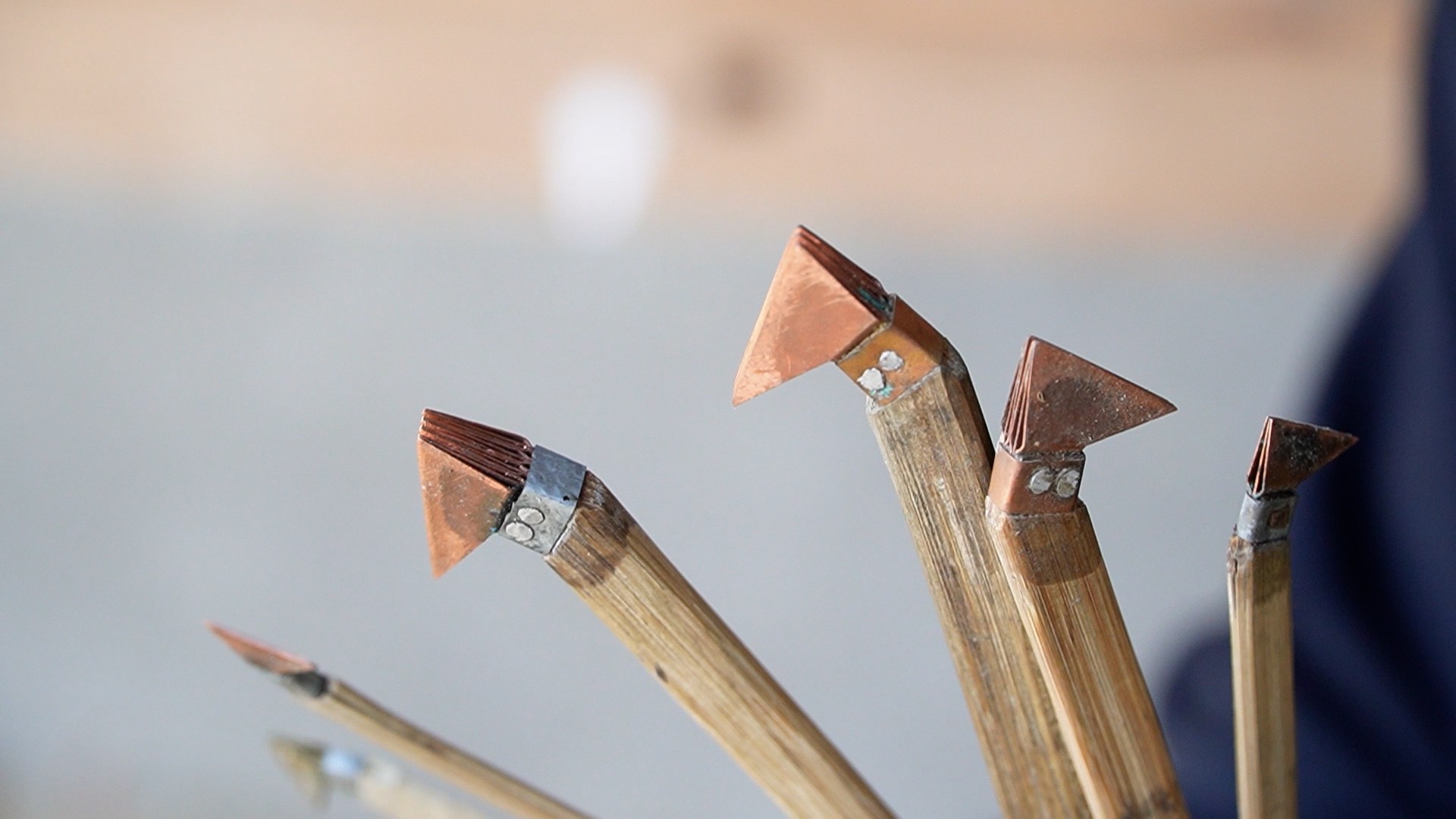
The Mong people's beeswax brush, at first glance, seems simple, but contains subtle creativity.
Pens are usually made of small bamboo or wooden sticks, with a pure copper blade attached to one end. thin, funnel-shaped, with small slots between the grids so that when dipped in beeswax, it holds and spreads the wax evenly along the drawn lines onto the linen.
When drawing, the artist holds the pen lightly, gliding evenly over the fabric, creating characteristic patterns such as: spirals, triangles, sunflowers, flying birds, mountains... Each pattern has its own meaning - expressing the desire for happiness, abundance and faith in life.
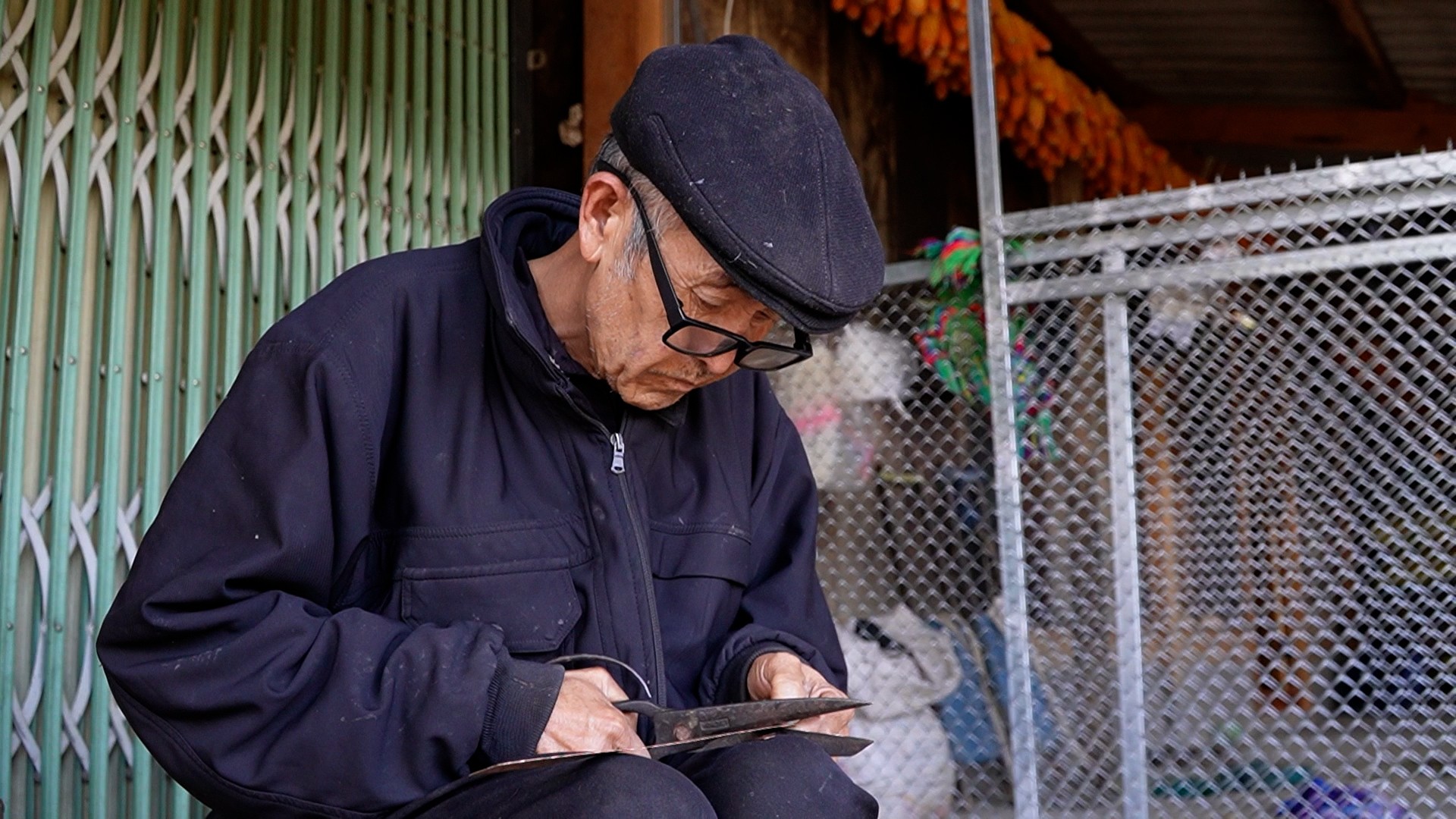
Mr. Giang Sang Pha in Cang Dong village, Pung Luong commune, is known as an artisan making beeswax brushes.
Mr. Pha is 61 years old and has been making beeswax brushes for over 20 years. Each brush he makes always shows ingenuity, sophistication and durability, and people from other highland communes come to buy it.
“Previously, beeswax pens only had one stroke, so drawing took a long time and the lines were not even and beautiful. The set of pens I made has four, from one stroke to four strokes, so drawing patterns is faster. Only carefully crafted, high-quality pens can draw sharp, beautiful patterns," Mr. Pha shared.
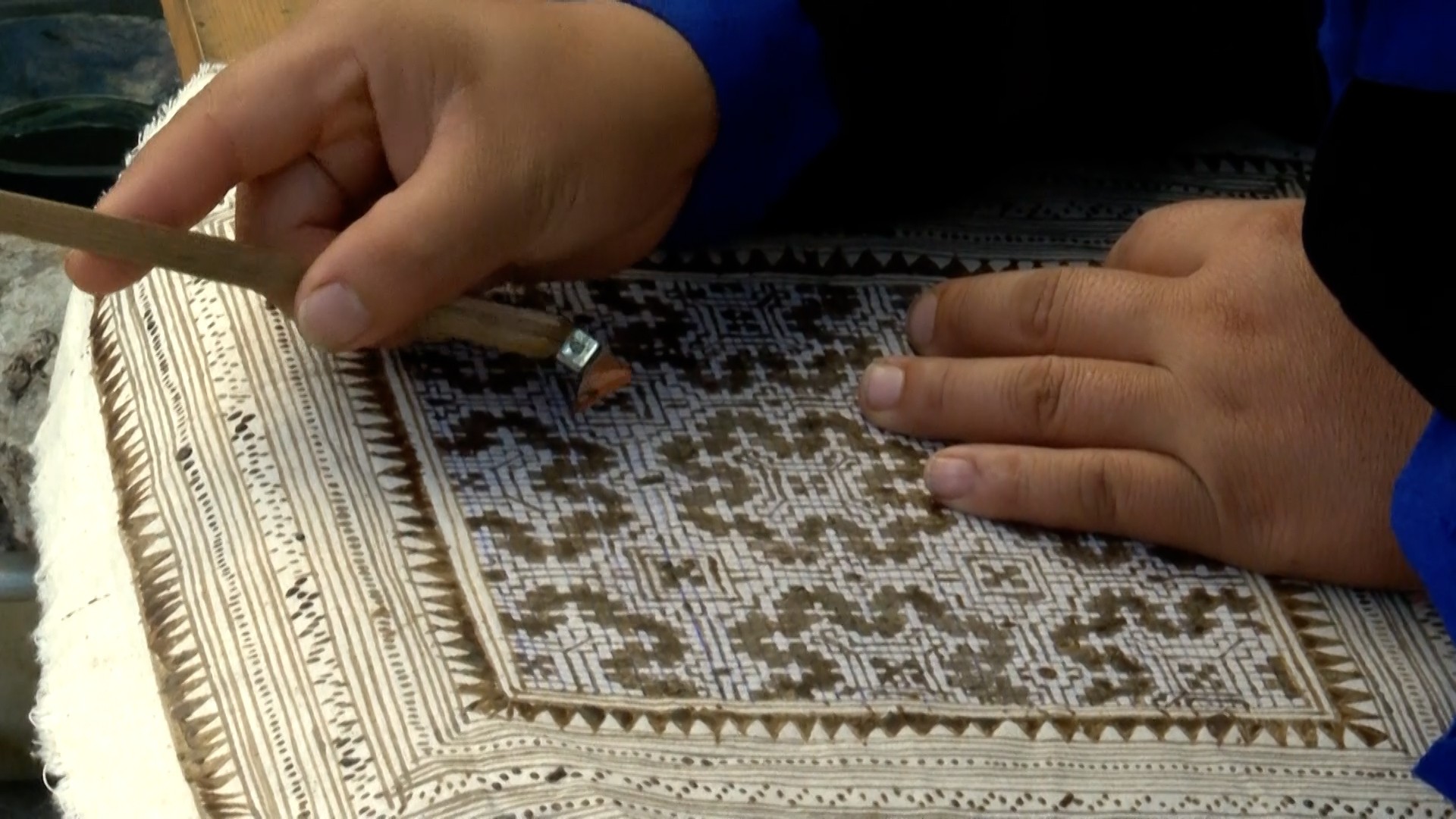
Not only limited to family use, traditional costumes of the Mong people have now entered the large market. To protect the traditional costumes of the Mong people from being lost, in 2024, from a cooperative group, Ms. Ly Thi Ninh, Trong Tong village, Mu Cang Chai commune established the Mong Style Brocade Embroidery Cooperative, with 50 participating members.
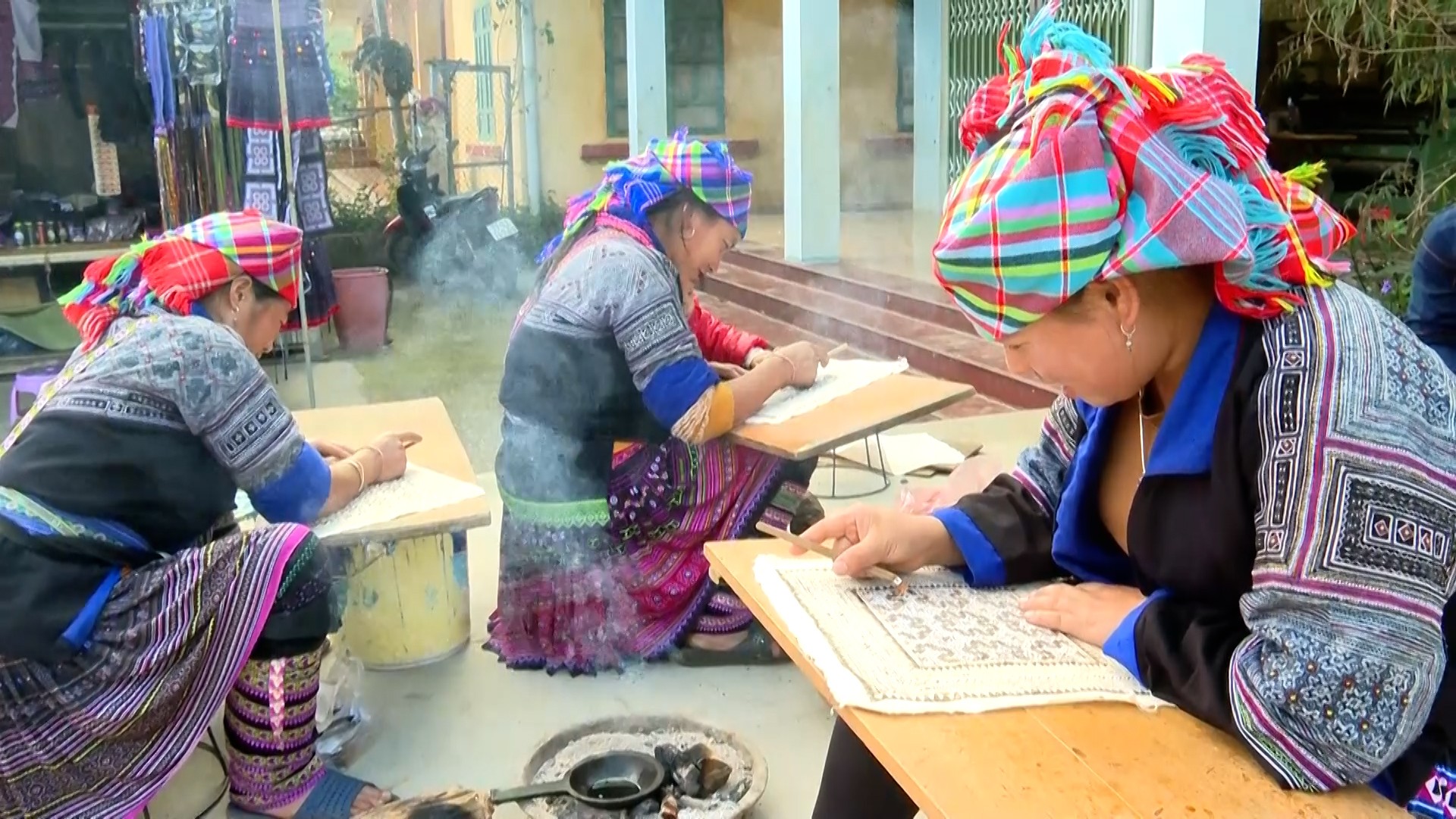
Besides maintaining the production of traditional dresses, members always research, innovate, and learn from experience to create products with diverse designs, meeting customers' needs and promoting cultural beauty.
Currently, the cooperative's products are displayed and sold in Hanoi , bringing in an income of 5 to 7 million VND/month for members.
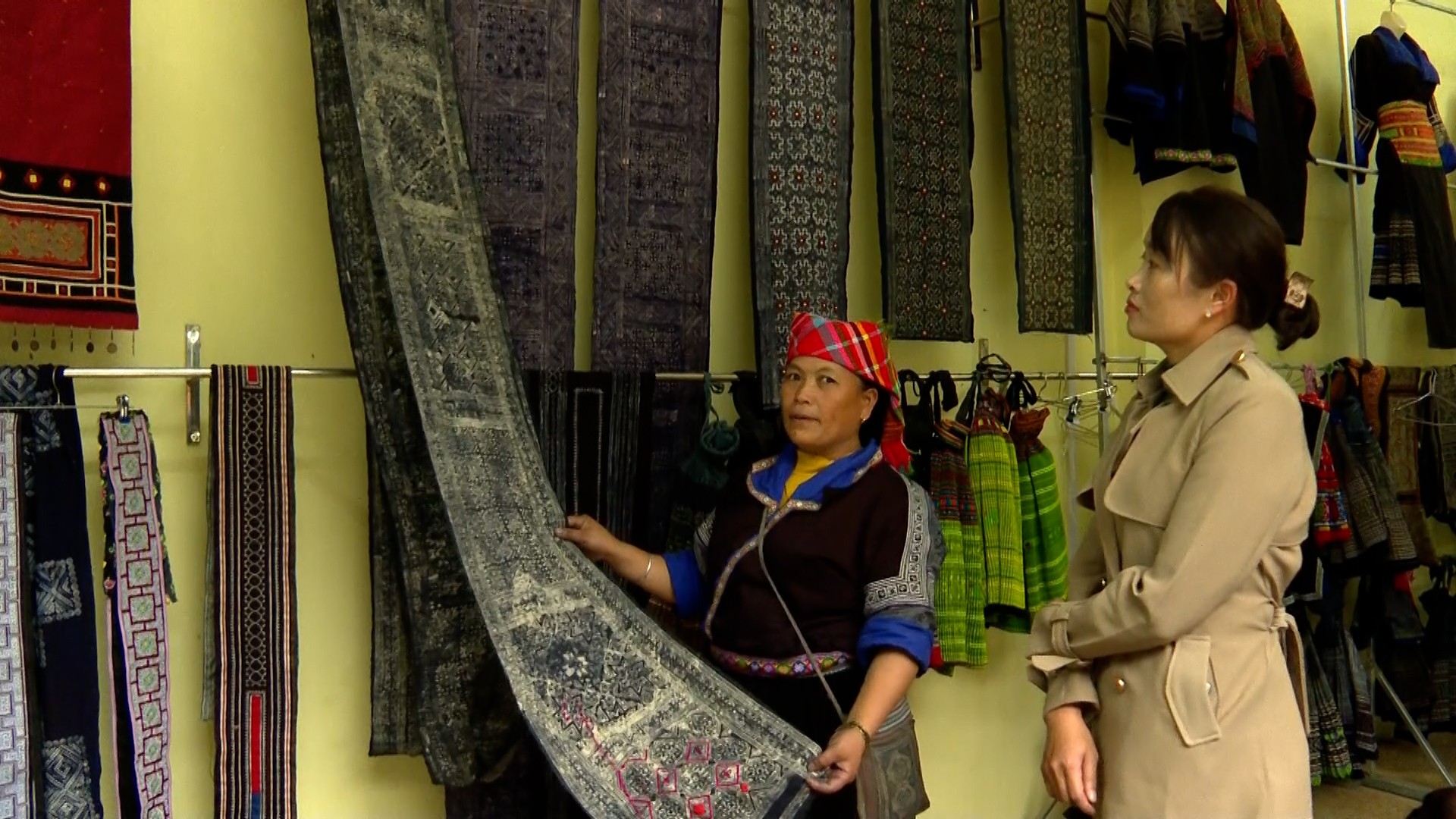
Traditional embroidery and weaving not only plays a significant role in preserving the culture of ethnic groups in general and the Mong people in particular, but also contributes to tourism development.
Therefore, in recent times, the highland communes in the province have paid special attention to preserving traditional culture, including the embroidery and weaving profession of the Mong people.
Teaching embroidery, brocade weaving and other cultural features is also given attention by schools through extracurricular lessons.
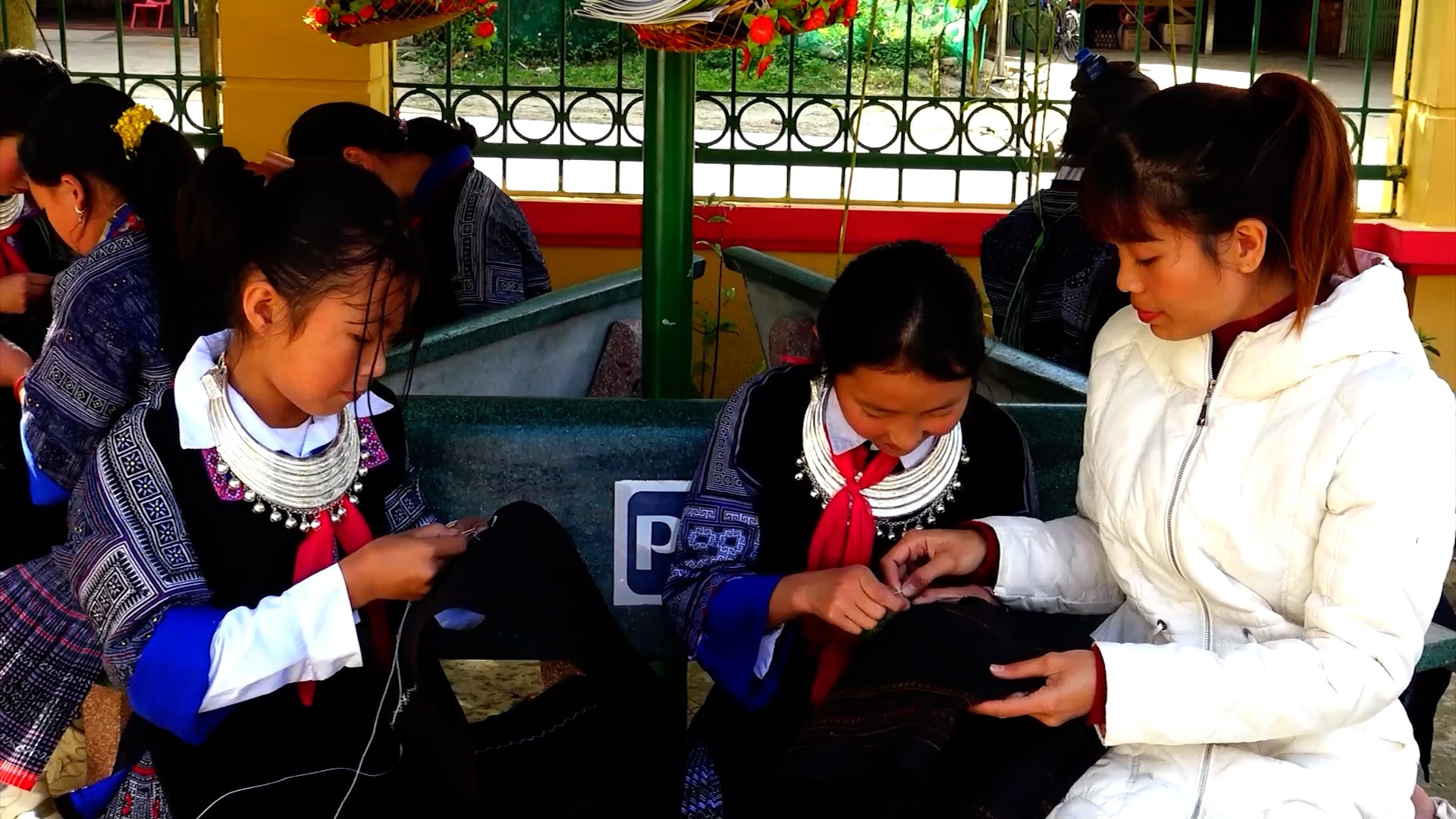
Teacher Dao Trong Giap - Principal of Lao Chai Primary Boarding School said: "Located in a mountainous commune, mainly inhabited by Mong people, the school considers cultural preservation to be very important. We encourage students to wear traditional costumes; include sports , folk songs, and folk dances in the curriculum; especially, female students will learn to embroider traditional costumes in extracurricular hours."
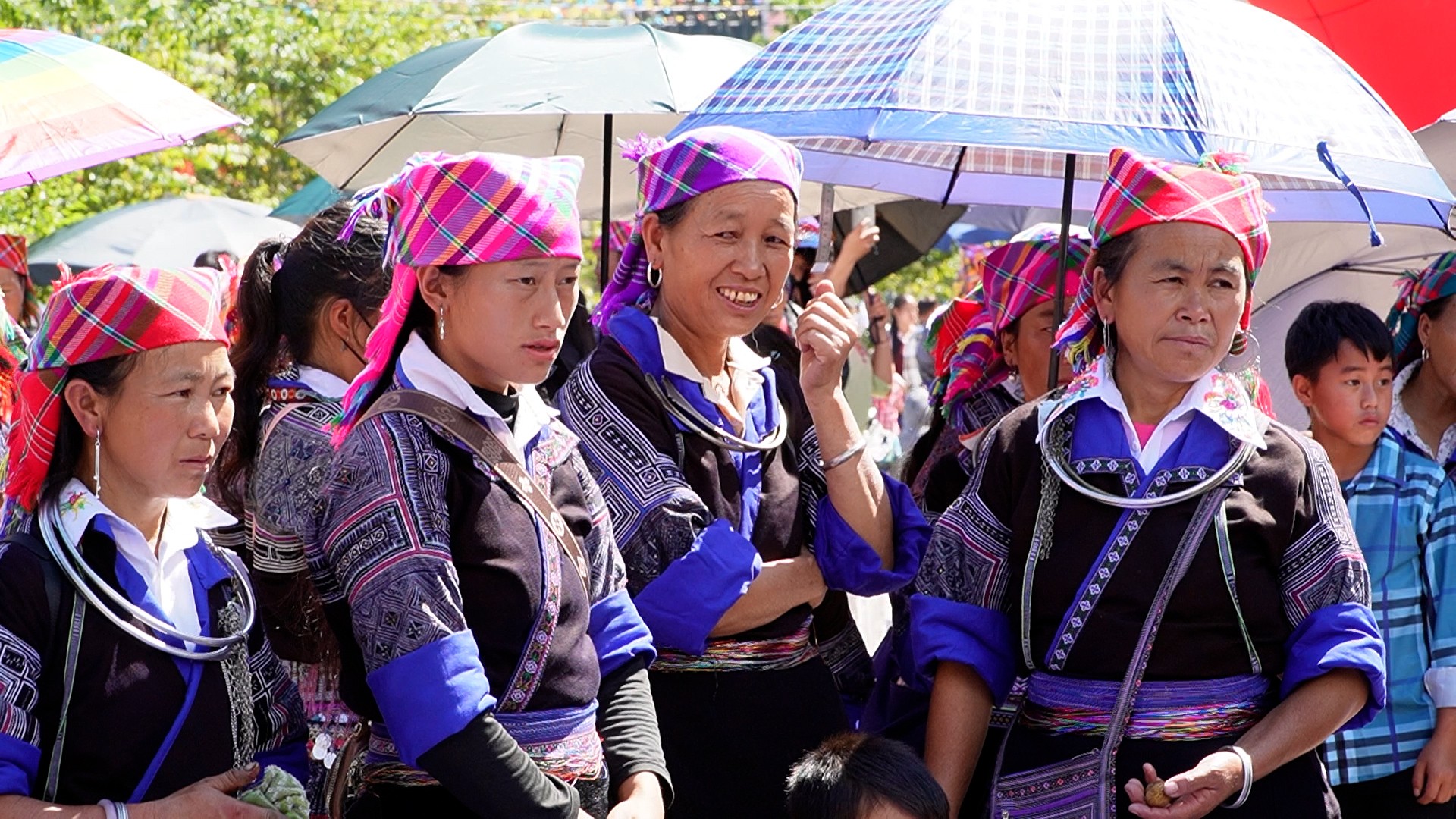
The costumes of each ethnic group are not only a beautiful form, but also contain the culture of the ethnic group, expressing the spiritual life, aspirations and beliefs of the people of the highlands. For the Mong ethnic group in particular, preserving traditional costumes is not simply keeping the uniform, but also preserving the culture to remember the origin.
Source: https://baolaocai.vn/giu-hon-sac-phuc-dan-toc-mong-post885088.html


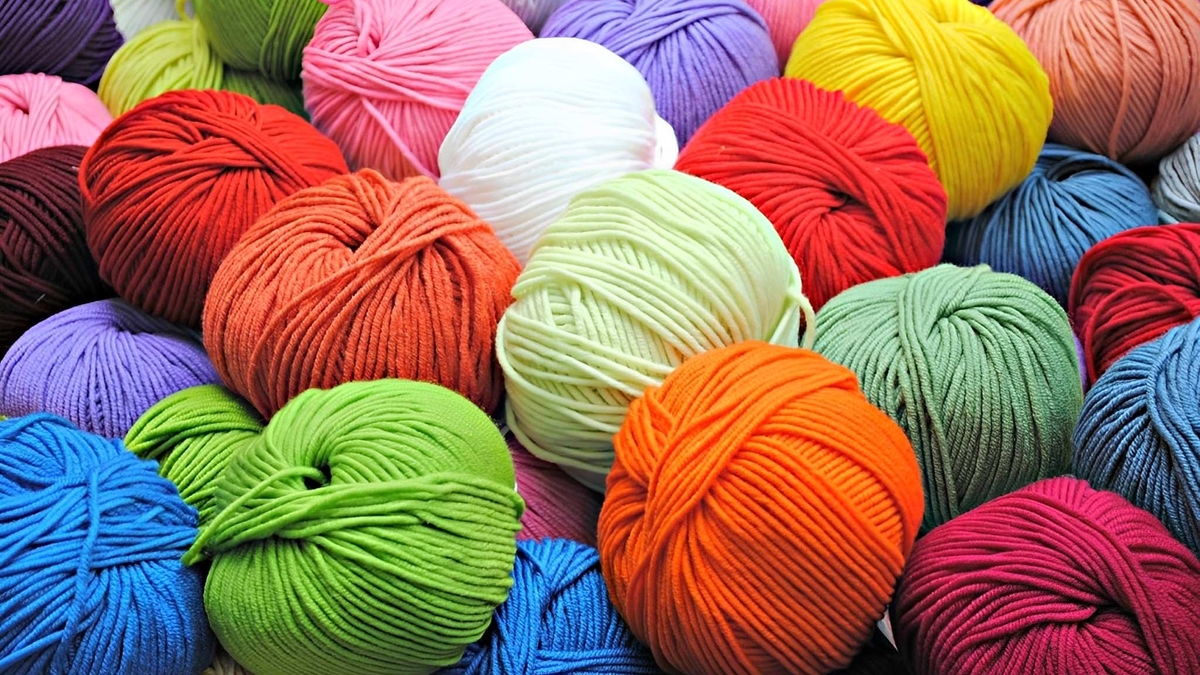
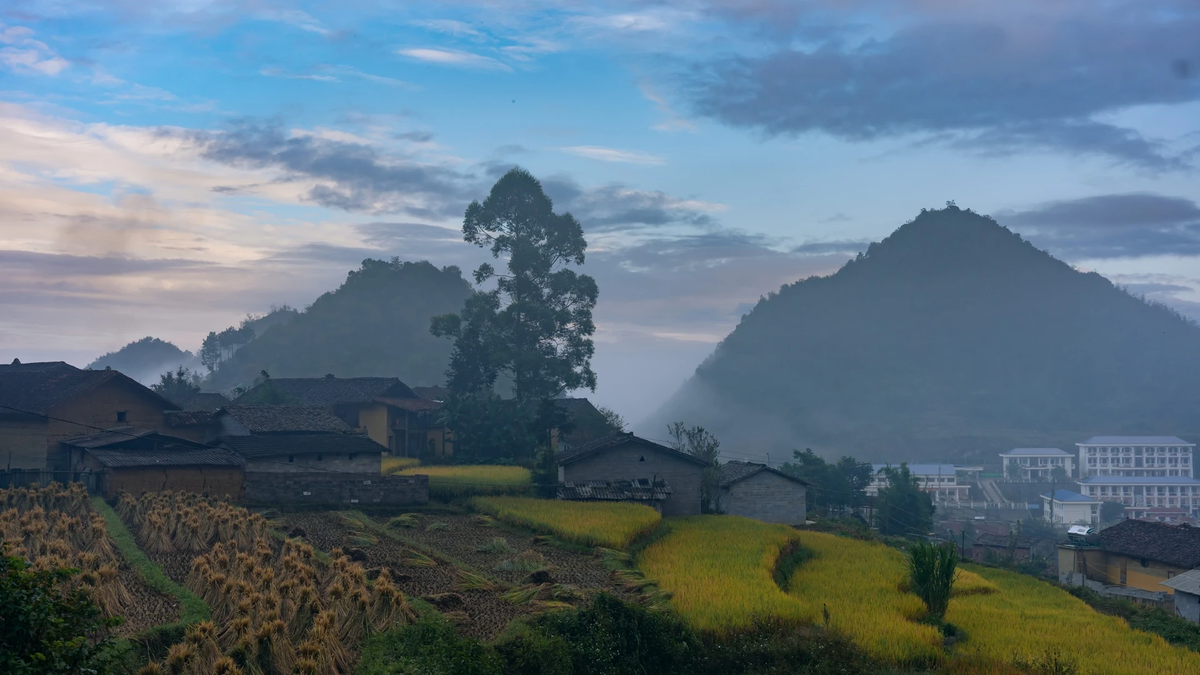
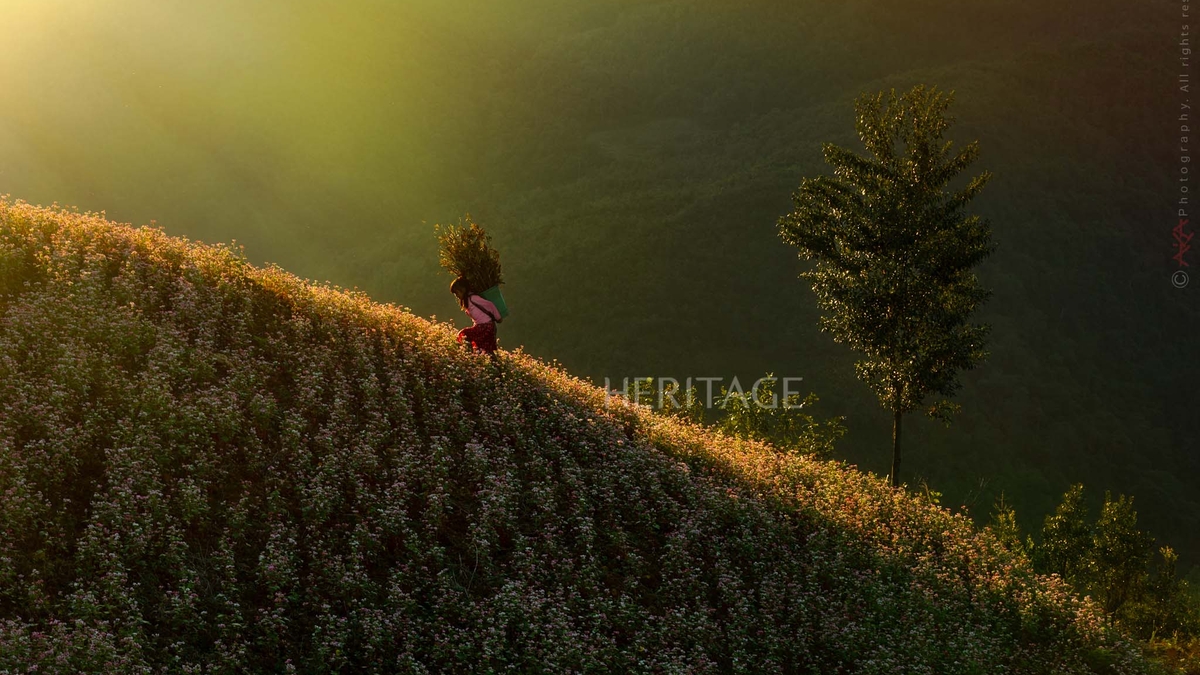
![[Photo] Prime Minister Pham Minh Chinh meets with South African President Matamela Cyril Ramaphosa](https://vphoto.vietnam.vn/thumb/1200x675/vietnam/resource/IMAGE/2025/10/23/1761226081024_dsc-9845-jpg.webp)
![[Photo] Prime Minister Pham Minh Chinh chairs meeting on railway projects](https://vphoto.vietnam.vn/thumb/1200x675/vietnam/resource/IMAGE/2025/10/23/1761206277171_dsc-9703-jpg.webp)
![[Photo] President Luong Cuong holds talks with South African President Matamela Cyril Ramaphosa](https://vphoto.vietnam.vn/thumb/1200x675/vietnam/resource/IMAGE/2025/10/23/1761221878741_ndo_br_1-8416-jpg.webp)
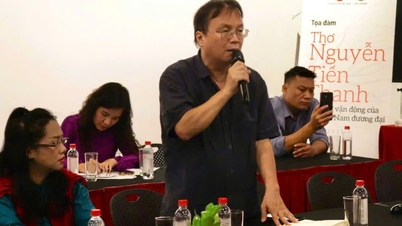




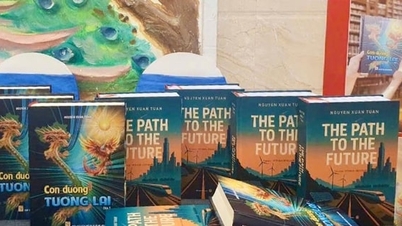





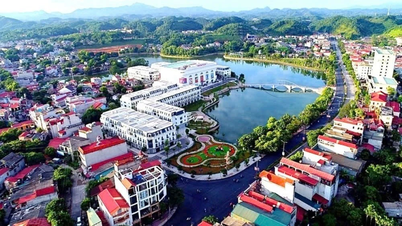
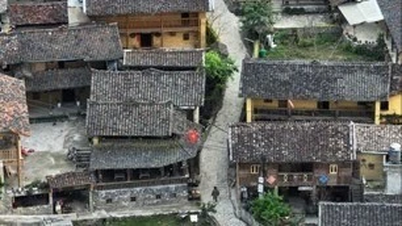

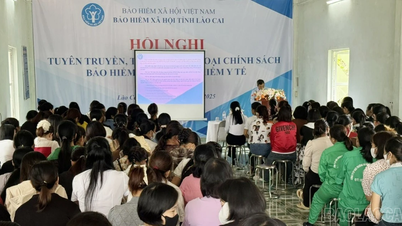
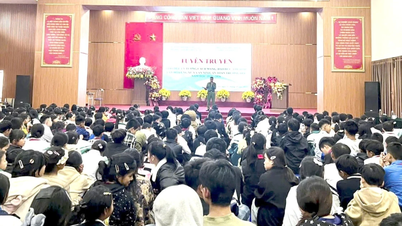
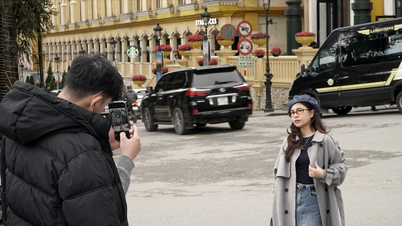











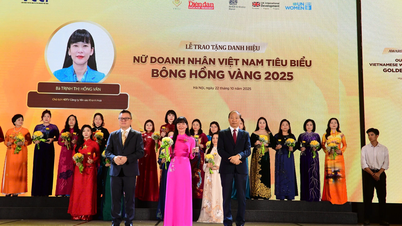

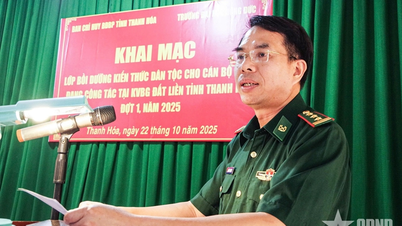



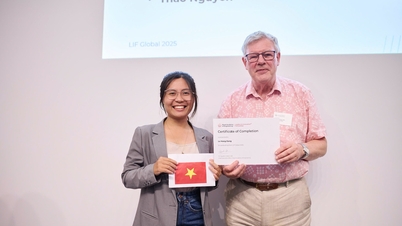





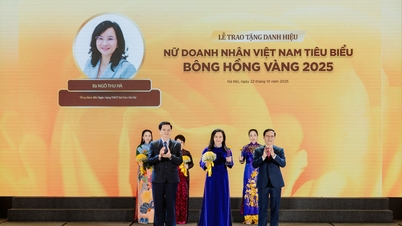

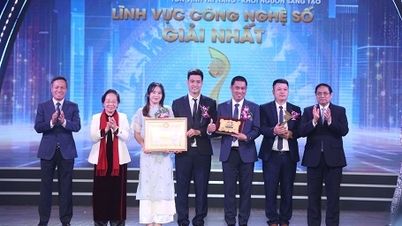


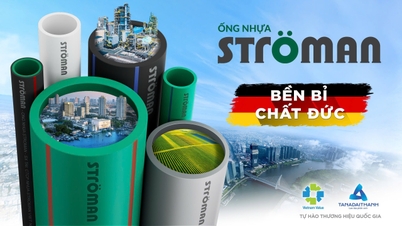











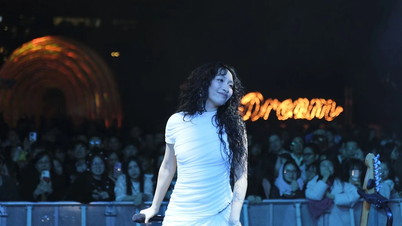

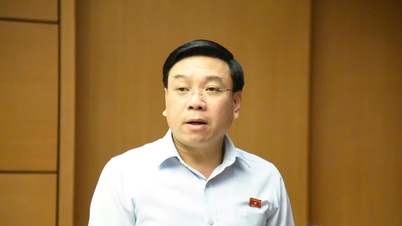

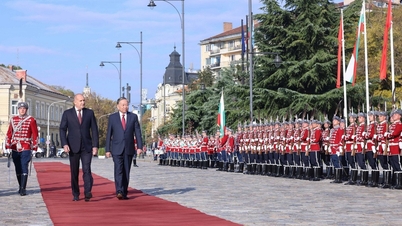

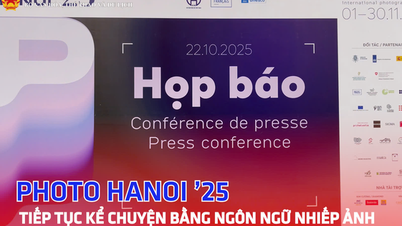


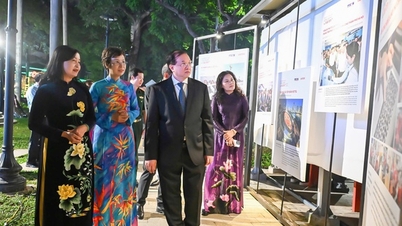

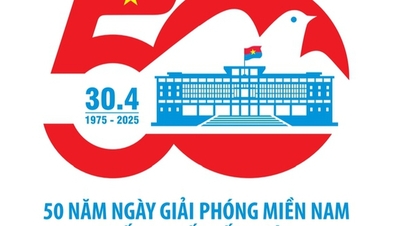
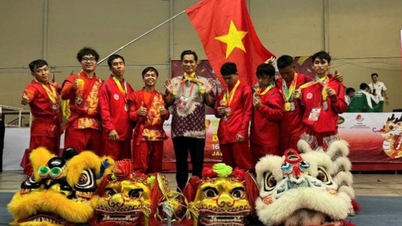

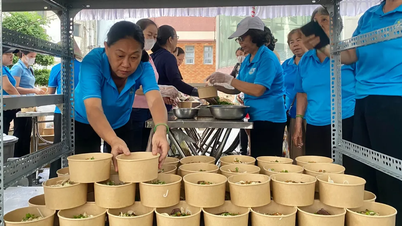

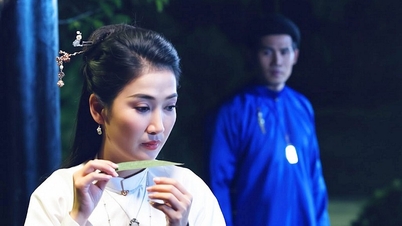

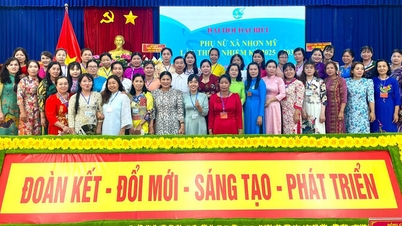

















Comment (0)